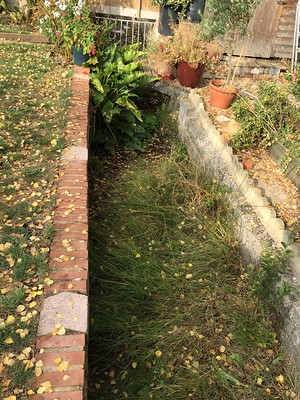mandryka
pfm Member
Unless this is the dwarf cultivar on rootstock, it wants to make 20-30 feet.
Have you had flowers?
One of my most favourite plants. White, complicated structured flowers (which just intrigues me) to maybe 10 inches across, heavenly scented. Borderline hardy in the UK. WOW, more than WOW in flower.
One of the very best that I have seen (UK) was in a VERY small front garden in Measham. I sat in the pub garden oppposite and noticed and could not believe my eyes - totally gob-smacked - it was in flower and hid the front of the house.
There is also a HUGE one/two/three at Leicester Bot. Gardens, against walls, and another against a barn wall at Felley Priory.
GET IT IN THE GROUND, train it up a wall, although it is a small tree/HUGE schrub, so needs no support.
There IS a supposed dwarf cultivar - I have had it flower in a 12 inch pot, but like most magnolias, it loves being damp at the root - no desert and deluge - FAR easier in the ground unless you use a 24 hour drip watering system. Dwarf cultivar flowers are around 6 inches across, but still ..................amazing.
Your pic' does not look like anything but the full monty.
Have you heard of the Roof Gardens in Kensington? They have quite substantial trees -- though I guess the spread of the roots will often be quite substantial. Here's a video
Aerial Filming in London - Kensington Roof Gardens (filmed with a remote controlled hexarotor) - YouTube



